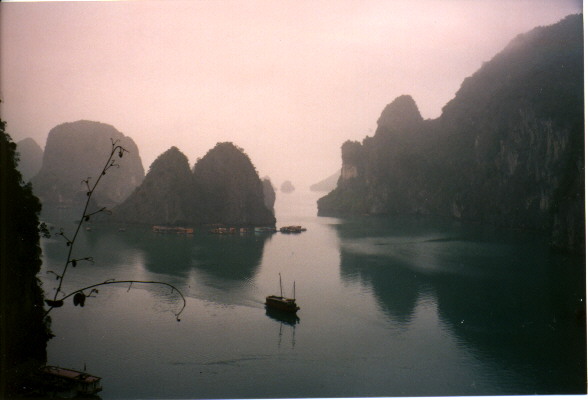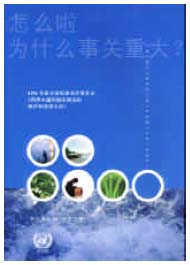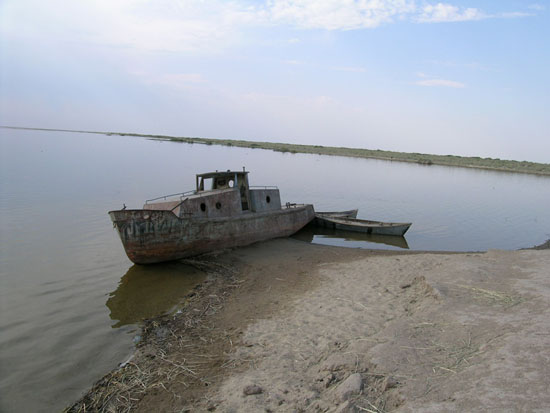Water bodies have attracted human settlements for thousands of years and, as a result of that draw, humans have altered not only coastlines, but also rivers, lakes and wetlands.

While coastal – and inland/freshwater – fishery harvests have continued to expand due to aquaculture, most of these ecosystems are stressed by overfishing, habitat loss and degradation, the introduction and presence of invasive species, pollution and the disruption of river flows by dams and other diversions.
Read more




